Origins of our Cacao
Direct Trade Cacao
Explore our Cacao Origins and get to know the dedicated growers who strive to produce the world's finest cacao.
Ethical & Sustainable
Through Direct Trade, our growers ensure fair wages for their workers, promote sustainability and regenerative farming practices, and foster local economic growth in their communities.
- Kokoa Kamili, Tanzania
- Semuliki Forest, Uganda
- Zorzal, Dominican Republic
- Piura, Peru
- Ocumare, Venezuela
- Alto Beni, Bolivia
- Idukki Hills, India
- Maya Mountain, Belize
- Tecpatán, Mexico
- Cahabón, Guatemala
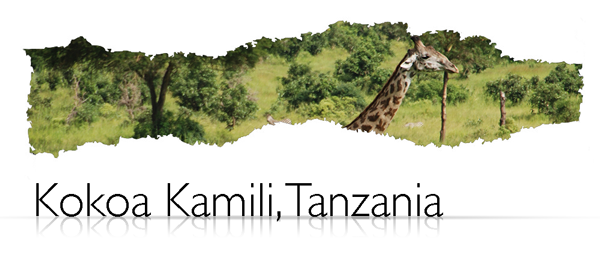
Kokoa Kamili Fermentery is not just a business, but a symbol of hope and empowerment for smallholder farmers in Tanzania. Founded by Brian LoBue and Simran Bindra, who have a passion for international development in eastern and southern Africa, this company is making a real difference in the lives of thousands of farmers.
Before Kokoa Kamili, a single buyer held all the power in the area, setting low prices for cacao and leaving farmers with few options. But that all changed when Kokoa Kamili arrived. In their first year alone, they paid the highest prices in Tanzania for cocoa to Kilombero farmers, giving them a fair and reliable income for their hard work.
Today, Kokoa Kamili works with over 5,000 smallholder farmers, providing them with premium prices for their wet cacao, as well as conducting their own fermentation and drying. This method not only produces higher quality cacao beans but also reduces the workload for farmers while giving them greater compensation. And best of all, they’re paid immediately after the cooperative receives their wet beans.
But Kokoa Kamili’s impact doesn’t stop there. They also distribute cacao seedlings to farmers, helping them to grow their own cacao trees and build a sustainable future for themselves and their families. In the past three years, they have planted over half a million trees, making a significant contribution to reforestation efforts in the area.
Kokoa Kamili’s commitment to sustainability extends beyond the farming community to the surrounding wildlife. Situated in the Udzungwa Mountains National Park, they are helping to preserve the natural habitat of eleven different primate species, Savannah Elephants, and countless other species of birds and mammals. By choosing Kokoa Kamili, you’re not only supporting fair trade and sustainable practices but also helping to protect the environment and the animals that call it home.
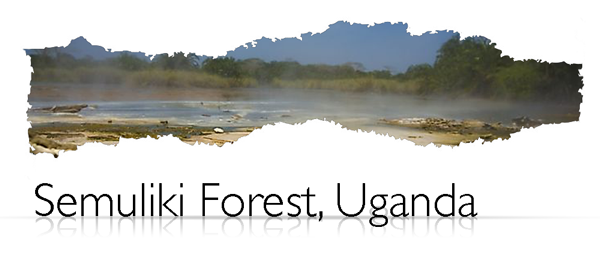
Get ready to indulge in some of the most unique cacao in the world! Semuliki Forest cacao, grown by over 3,400 organic smallholder farmers in Bundibugyo, Western Uganda, is a true treasure. And the best part? Over half of these farmers are women! The cacao is processed and exported by Latitude Trade Co. (LTC), a registered B Corporation that truly cares about their producers. With a wide network of rural collection points, they purchase high-quality wet cacao and pay their producers at substantially higher rates than any other buyers in Uganda. Plus, they always pay cash on delivery with transparent pricing using certified weighing scales.
LTC goes above and beyond for their producers, offering a range of incredible services such as agronomic and financial literacy training, microfinance, insurance, and support in opening bank accounts. They are also leaders in traceability, offering full traceability for every kg in every container shipped.
Located in the stunning Rwenzururu sub-region of Uganda, at 3,000 feet above sea level, the Bundibugyo district likely accounts for more than 70% of cocoa production in Uganda. Despite recurring conflicts between cultural and rebel groups, LTC continues to source wet cocoa from over 500 contracted smallholder farmers. The fermentation facility and store, located in the village of Bumate, is designed to take advantage of all possible available sunshine while limiting runoff from heavy rainfall.
The fermentation process is truly a work of art, with a paired box fermentation system built with eucalyptus timber sourced from local timber plantations. Boxes have a 500kg capacity and removable shutters to allow for uniform fermentation. The total duration of fermentation varies from 5.5-6.5 days and temperatures are recorded 3 times daily to ensure quality control. After the beans are dried and sorted, they are blended to produce a unique flavor profile.
Get ready to savor the rich, complex flavors of Semuliki Forest cacao – a true delight for the senses.
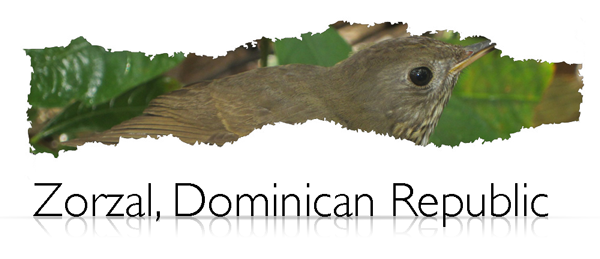
Zorzal Cacao is more than just a cacao farm – it’s a beacon of hope for conservation and sustainability in the Dominican Republic. The project is part of Reserva Zorzal, a 1,019-acre private bird sanctuary and organic cacao farm nestled in the northern mountains of the country. This breathtaking sanctuary sets aside 70% of its land to be forever wild, preserving the natural habitat of countless species of birds and other wildlife.
But Reserva Zorzal’s mission goes beyond preserving the land – it’s also committed to reducing climate change through conservation and reforestation efforts. They work collaboratively with 13 other landowners in a carbon-offset project, employ wildlife monitors in the community, and serve as a model for the integration of conservation and sustainable agroforestry development.
The name “Zorzal” is Spanish for “thrush,” and it’s a fitting name for a sanctuary that’s home to the rare Bicknell’s Thrush. One of the founders, Dr. Charles Kerchner, runs Zorzal Cacao in line with the overall vision of Reserva Zorzal. They also grow macadamia, banana, and other foods suitable for sustainable production in a tropical agroforestry system.
Zorzal Cacao is committed to producing fine flavor chocolate, and they carefully select and graft their own cacao trees with varietals specifically chosen for this market. The trees are shade-grown to promote wildlife habitat and biodiversity, showing that conservation and sustainable farming practices can go hand in hand.
What’s even more impressive is that Zorzal Cacao is also sourcing cocoa from neighboring farmers who share their values and participate in the conservation project. By doing so, they’re creating a community of like-minded individuals who understand the importance of preserving our environment for future generations.
Choosing Zorzal Cacao isn’t just about enjoying delicious chocolate – it’s about supporting a movement for positive change. By supporting Zorzal Cacao, you’re supporting conservation, sustainability, and a vision for a better world.
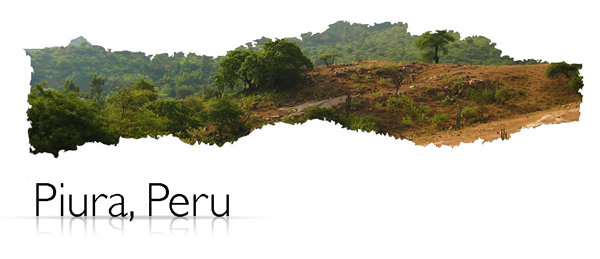
The Piura Blanco beans are a rare and exceptional find from the Piura department, situated on the north desert coast of Peru. These precious cacao beans are sourced from the Cooperativa Agraria Norandino, which is made up of a few hundred small-holder farming members from the Piura and Ayabaca provinces. Growing at varying altitudes, ranging from 50m to 400m above sea level, these beans develop a unique flavor profile. They are a mix of native criollos, with about 30% white beans, giving them the name “Piura Blanco.”
For centuries, this region has been producing outstanding cacao, as even the Spaniards documented this variety and region as a source of premium cacao during the 15th and 16th centuries.
The Piura region’s cacao is exceptional because of its distinct environment. Unlike typical cacao trees that thrive in tropical climates, the Piura region is a desert with different soil than the jungle. Although the Andes typically separate the jungle from the desert coast, there is a small section in northern Peru where the mountains are low, allowing the Amazon jungle to meet the desert coast. This unique geographic feature is known as “Paso de Porculla,” which is the lowest point in the Andes, at 2137 meters above sea level.
The Piura cacaos have lower tannins than usual, as the cacao tree does not have to develop high tannins as a defense mechanism against predators, as it does in the jungle. This results in a different and much fruitier tasting experience. These cacao varieties have adapted over time to the dry coast characteristics and can survive with lower humidity and much less water than usual. Interestingly, Piura cacao trees cannot survive when planted in the jungle regions because they cannot adapt to the increased humidity, water, and diseases that come with it.
Piura Blanco beans are a rare and valuable treasure that has adapted over time to the unique environment of the Piura region. The resulting cacao is exceptional in flavor and has been prized for centuries for its premium quality.
Information on this Origin is coming soon!c
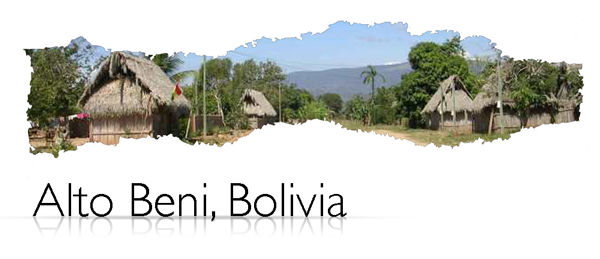
Alto Beni Cacao Company is on a mission to revolutionize the Bolivian cacao industry, and they’re doing it in a big way. They’ve partnered with the Agroecological Cooperative of Alto Beni (CIAAB) – a group of roughly 500 smallholder cacao growers – to bring about a new era of efficiency and high-quality production.
Up until now, cacao fermentation and drying in Bolivia has been a haphazard process, with each smallholder producer doing things their own way. This has led to inconsistent quality and overall inefficiency. But the founders of Alto Beni Cacao Company had a game-changing plan.
They set out to build a first-of-its-kind nursery for high-quality cacao seedlings, as well as a centralized fermentation and drying facility in Palos Blancos. This innovative facility is modeled after successful ones in Ecuador, Peru, Mexico, and the Dominican Republic, where cacao production is flourishing. And to ensure the success of their plan, they also implemented a comprehensive training program for CIAAB cacao producers, teaching them sustainable practices to increase their planting levels.
With this cutting-edge system in place, farmers can now increase their productivity and income while ensuring a consistently high-quality product. Alto Beni Cacao Company is leading the charge in Bolivian cacao production, and the results speak for themselves.
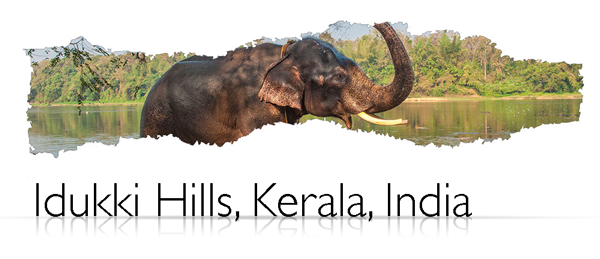
Idukki Hills, a region located in the southern state of Kerala in India, has been renowned for cultivating herbs and spices for a long time. Recently, it has gained international recognition for producing top-quality cacao beans thanks to GoGround, a fermentation and drying facility established in the area by a Belgian-Italian couple who are passionate about bringing positive change to rural society.
GoGround uses a meticulous process to produce exceptional cacao beans. The cacao is fermented in wooden boxes across four levels and then carefully dried on special tables under strict quality control. GoGround prioritize building long-term relationships with farmers and creating positive social and economic opportunities in Kerala.
The packaging for their cacao beans prominently features an Indian elephant, symbolizing the region’s large elephant population. Sandhill Chocolate, while featuring these beans in our rotation, also featured an Indian Elephant on the cover of our “72% Dark Cardamon” chocolate bar. The flavor of this chocolate bar was fantastic, with a nod to Indian spices with the inclusion of Cardamom, but the beautiful Indian Elephant featured on the package was likely a major contributor to the success of that bar.
These magnificent animals are an integral part of Indian culture, featuring in many local festivals and processions with at least one decorated elephant. Unfortunately, the elephant population has seen a sharp decline in recent years, making it all the more important to support the region’s responsible and sustainable cacao production.
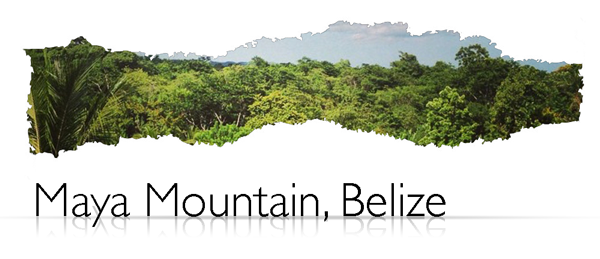
In 2010, a company emerged in Belize that would change the game for high-quality, centralized-fermented cacao in the US craft chocolate market. Maya Mountain Cacao (MMC) has been working with over 350 certified organic smallholder cacao farming families, most of whom are indigenous Q’eqchi’ and Mopan Maya, to produce cacao that has been generations in the making.
MMC’s commitment to sustainability and transparency is unwavering, with their 100% Belizean Maya team processing all cacao at a post-harvest facility using three unique stages of sun drying to create an optimal flavor profile. Their dedication has been recognized through multiple awards, including an Heirloom Cacao Preservation (HCP) designation in 2014 and a coveted Cocoa of Excellence Award in 2019, placing them among the Top 20 cocoas globally.
The majority of cacao cultivated by families in the MMC farmer network are Amelonado-dominant hybrids and other Upper Amazon Forastero hybrids, which produce a unique and consistent flavor profile. Expect notes of honey, pineapple, raisin, tobacco, and fudge.
But MMC isn’t just about the chocolate – it’s about creating a positive impact on the communities of southern Belize. As a long-term partner to farmers, MMC is empowering them to thrive and ensuring that every purchase has a tangible impact on the community.
Indulge in the delicious and sustainable world of Maya Mountain Cacao, where every bite tells a story and every purchase makes a difference. Join MMC on their mission to create a brighter future for Belizean cacao farmers, one delectable bite at a time.
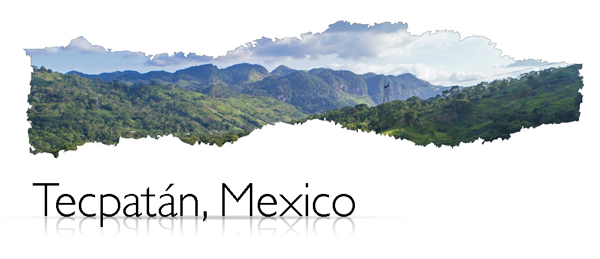
Indulge your senses with an exceptional delicacy – cacao grown in the high mountains of Northwestern Chiapas, a region so geographically inaccessible that it was, until recent times, one of the most isolated population centers in all of Mexico. The village of Tecpatán, which is home to our lavado cacao, shares borders with the “Selva Zoque,” the largest expanse of tropical rainforest in Mexico, where a multitude of terrestrial biodiversity thrives.
Despite the area’s historical poverty and isolation, the tenacious female farmers of Tecpatán have taken up the mantle of cultivating this unique cacao, as many men have been forced to emigrate to the US or large Mexican cities in search of economic opportunity.
At an astonishing altitude of over 1000-1200 meters above sea level, Tecpatán’s cacao trees are reaching new heights, quite possibly the highest in all of Mexico, if not Central America as well. The extreme isolation has made Tecpatán’s cacao genetically exceptional, and the high altitude, coupled with heavy rainfall, contributes to a micro-climate that is unlike any other, rendering the cacao’s flavor profile utterly unparalleled.
The extreme and rainy weather conditions in Tecpatán’s high altitude terrain render traditional cocoa fermentation an impossible task. Yet, the tenacious farmers of Tecpatán have found a solution, and “wash” their cacao beans following a Mexican tradition. The result is a unique cacao bean that imparts a bright shine and an unmistakable herbal flavor profile, making it perfect for crafting exquisite drinking chocolate that truly delights the senses.
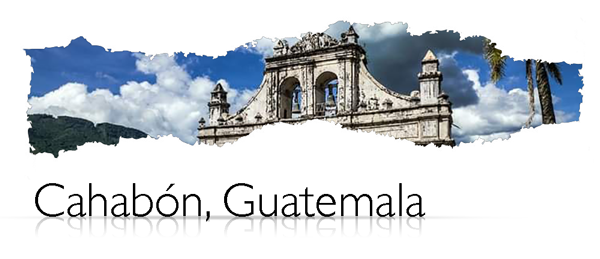
Nestled atop the stunning Cahabón region, the Association of Integrated Development “OX EEK” Santa Maria Cahabón (ADIOESMAC) is a beacon of sustainable agriculture. Since its inception in 2004, ADIOESMAC has been cultivating and selling some of the world’s most sought-after crops, including cacao, cardamom, cinnamon, and chili peppers.
At ADIOESMAC, they take pride in their meticulous cacao processing methods, which involve cascading wooden fermentation boxes and a blend of greenhouse dryers, raised bamboo decks, and drying patios. Their dedication to quality is evident in their track record: they were among the first associations in the region to export centrally fermented cacao to top bean-to-bar makers in the United States.
ADIOESMAC’s commitment to sustainable agriculture extends beyond their crops. With support from the Ministry of Agriculture and NGOs, they continue to plant more cacao each year, revitalizing previously deforested “milpa” areas once used for corn and bean production. And as the younger generation takes the reins, ADIOESMAC’s legacy of excellence and sustainability will undoubtedly continue for years to come.